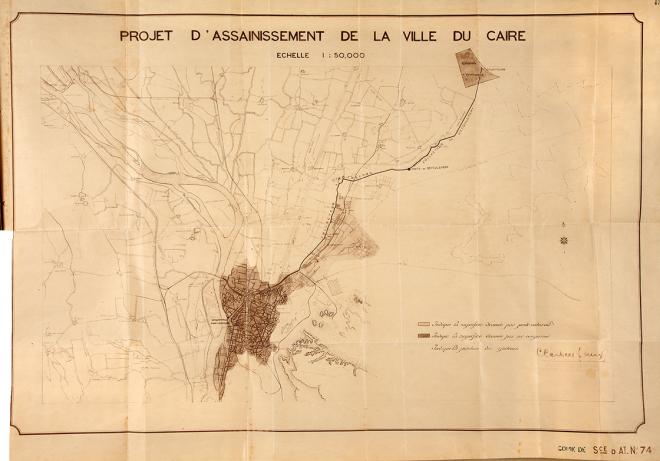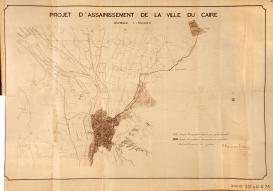This book project explores the intersection of real estate investment and public health crises in British Colonial Cairo (1880s-1920s). Civil engineers straddled these two worlds. The infrastructures they designed responded to deadly cholera epidemics that repeatedly hit Cairo and the country (1883, 1895-96, 1902), while giving private capital an enormous incentive to invest in the city, particularly in housing and services (transportation, water, sewage). Modern, healthy housing became an increasingly expensive commodity, and the urban construction industry the second employer after agriculture. Egypt went through a cycle of boom and bust between 1897 and 1907 that reshaped urban centers and raised demand for government oversight on the future of urban growth.
Tentatively titled “Engineering Metropolis: Contagion, Capital, and the Making of British Colonial Cairo, 1882-1922,” the book traces this story and its broader implications for modern Middle East history, urban history, and engineering studies. By foregrounding cholera and capital as two forces that transcend political boundaries, Shehab Ismail places Cairo in conversation with other cities during a watershed moment of global urbanization marked by demographic growth and decentralized expansion.
The competing designs of civil engineers show how they were torn between science, politics, and business in colonial Cairo. While they sought to design public health infrastructures that were technologically optimal, they struggled to assess how they would work for Cairenes, particularly across class and spatial divides. Essentially, engineers were hired by the government to design infrastructures that served urban investors and speculators, who painted a rosy picture of Cairo’ future “prosperity,” as a result of sound British policies. Engineers were thus implicated in designing the future of Cairo, at a moment when cities became denser, larger, and more technologically layered objects.

Plan of a drainage project in Cairo (1909). From the National Archives of the United Kingdom.

